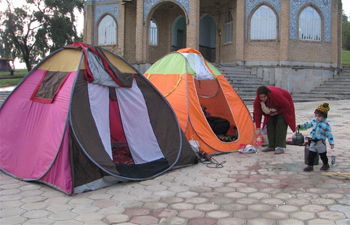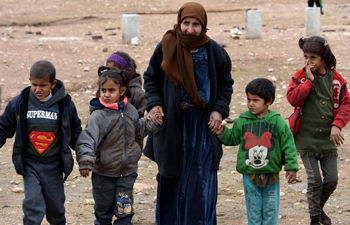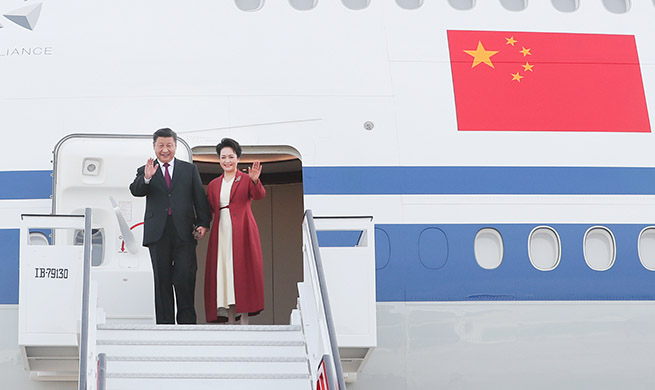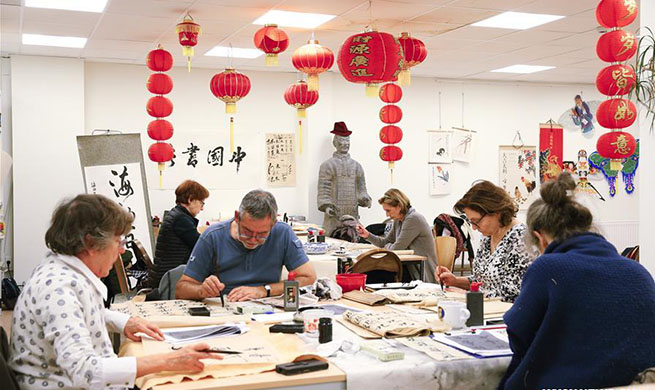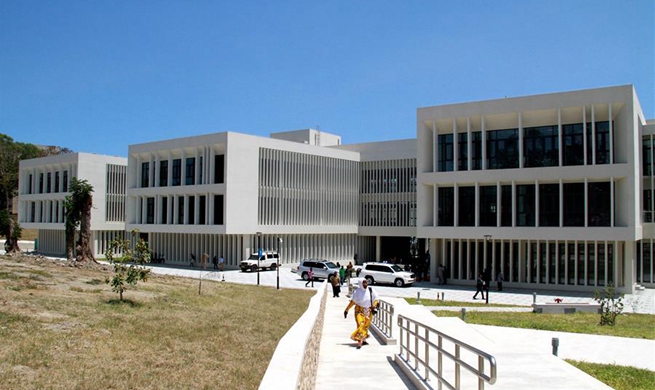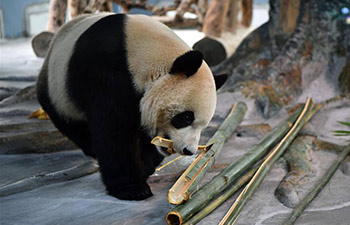SEOUL, Nov. 28 (Xinhua) -- Worry re-emerged in South Korea over a so-called demographic cliff amid the continued fall in childbirth that was mainly caused by "money problem."
The number of newborn babies was 26,100 in September, down 4,000, or 13.3 percent, from a year earlier, Statistics Korea data showed on Wednesday.
It was the lowest September figure since the statistical agency began compiling the data in 1981, marking the first double-digit decline this year. The number of newborns kept falling for 34 months in a row.
For the past decade, concerns lasted about the low birthrate as one of the most serious social issues, but the worry recently deepened further amid the spreading social trend to delay, or avoid marriage.
According to social analytics on marriage which unveiled in the parliamentary policy forum on low birthrate, the younger generation delayed, or shunned marriage due to financial burden for preparing marriage, purchasing residence and raising a child.
The younger generation showed more uninterested in marriage itself, according to the analysis of key words posted on social networking services (SNS) from January 2016 to September 2018.
The social trend was partly caused by the prolonged high unemployment rate among the younger generation. The Moon Jae-in government has prioritized job creation of the youths.
For those getting married, some couples delay, or avoid having babies because of the huge child-rearing costs.
In particular, women are worried about career breaks from maternity leave. After returning to work, working mothers begin to worry about some issues, such as overtime work, daycare centers or kindergartens.
Affected by the negative factors, in the July-September quarter, the childbirth stood merely at 80,400, the lowest since the data began to be compiled. It was down 9,200, or 10.3 percent, from a year earlier.
The total fertility rate, or the number of babies that a woman is forecast to have during her lifetime, slipped to 0.95 in the third quarter from 1.05 in the previous quarter.
South Korea is reportedly required to keep the fertility rate at 2.1 to maintain the current population.
The continued fall in childbirth boosted concerns about the demographic cliff, which refers to a sudden drop in the heads of household eventually leading to a consumption cliff.
According to the statistical agency's estimate, the number of South Korean population was forecast to begin sliding from 2028.
The percentage of the working-age population, aged 15-64, to the total started to reduce in 2017, after peaking at 73.4 percent in the previous year.
The low birthrate has been a headache for the South Korean economy as it leads to the lower workforce amid the fast-aging population, which would drag down the economy's growth potential and increase welfare costs.


